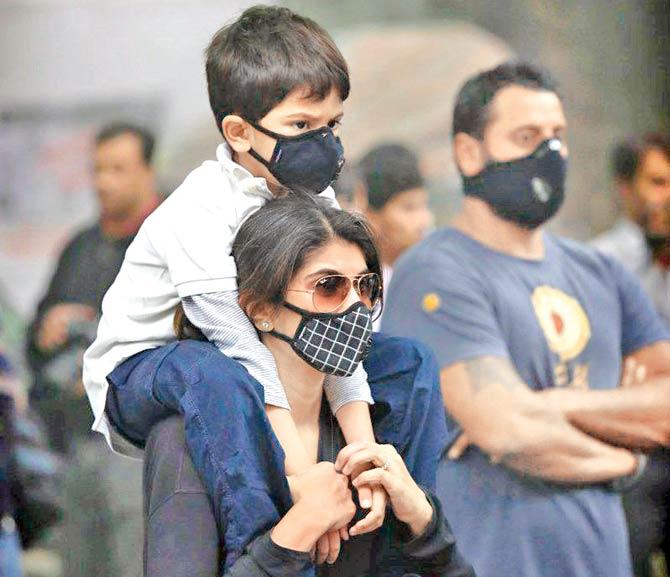Many farmers in northwest India typically burn abundant crop residue on the fields after harvest season, to prepare their fields for subsequent planting

 Representational Image
Representational Image
ADVERTISEMENT
Agricultural fires are to blame for about half of the pollution experienced in Delhi in October and November, a peak stubble burning season in Punjab, a Harvard study has found using satellite data from NASA.
Many farmers in northwest India typically burn abundant crop residue on the fields after harvest season, to prepare their fields for subsequent planting. To what extent the large quantity of smoke emitted by these fires contributes to the already severe pollution in New Delhi has remained a key question.
For the past few years, every autumn New Delhi - already plagued with thick pollution - gets engulfed choking smoke likened by many to a gas chamber.
While crop burning has been illegal for years, there has not been a large enough deterrent to effectively crack down on the practice, in part because it's been difficult to measure exactly how much smoke from the fires is making it downwind to the city.
Researchers from the Harvard University and NASA have now shown that in October and November, a peak burning season in Punjab, about half of all pollution in Delhi can be attributed to agricultural fires on some days.
"On certain days during peak fire season, air pollution in Delhi is about 20 times higher than the threshold for safe air as defined by the World Health Organization (WHO)," said Daniel H Cusworth, a graduate student at SEAS and
To model how much of that pollution is coming from the fires, the study published in the journal Environmental Research Letters, used satellite data from NASA to identify hotspots corresponding to active fires.
The team gathered available data for October and November 2012 to 2016 and plugged it into a particle dispersion model - an algorithm that accounts for geography, wind patterns, and physics to predict how far and in what direction smoke particles travel.
During the post-monsoon season, the air in northern India is particularly stagnant, meaning smoke particles do not vent into the atmosphere as they would during other times of the year. Instead, the black carbon and organic particulate matter slowly permeate throughout the entire region, which is home to 46 million people.
In urban areas, that smoke mixes with existing pollution from cars and factories creating a thick, deadly haze. On average, without fires, urban Delhi experiences about 150 microgrammes per cubic metre of fine particulate air pollution. To put that into perspective, the WHO puts the threshold for safe air at 25 microgrammes per cubic metre, and India's Central Pollution Control Board limits exposure to 60 microgrammes per cubic meter, said Cusworth.
Extreme fires during the post-monsoon season can pump on average about 150 microgrammes per cubic meter of fine particulate matter into the city, doubling the amount of pollution and increasing total levels 12 times higher than WHO recommendations, and even 20 times higher on some days.
Catch up on all the latest Crime, National, International and Hatke news here. Also download the new mid-day Android and iOS apps to get latest updates
 Subscribe today by clicking the link and stay updated with the latest news!" Click here!
Subscribe today by clicking the link and stay updated with the latest news!" Click here!






